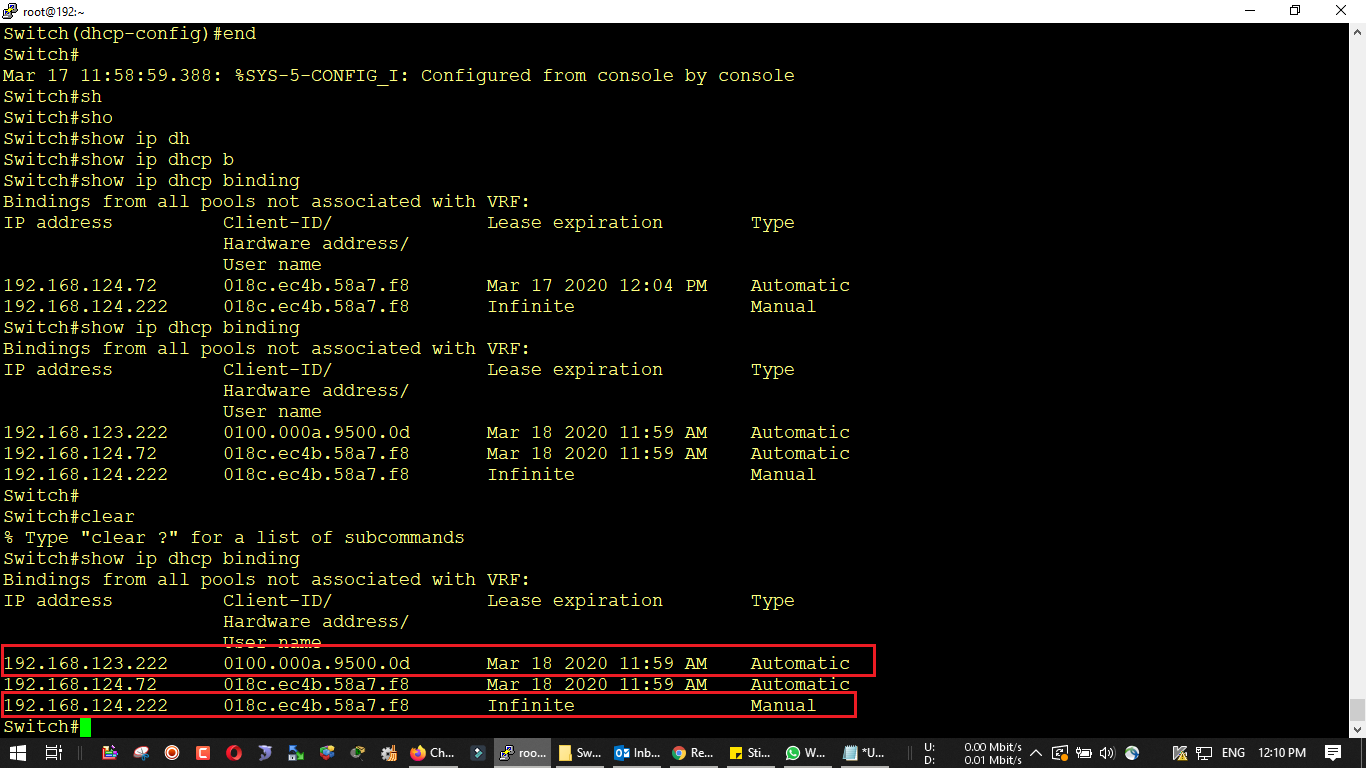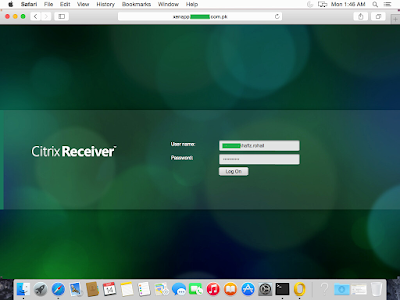
- #Receiver compatible with mac os 10.14 serial
- #Receiver compatible with mac os 10.14 driver
- #Receiver compatible with mac os 10.14 software
- #Receiver compatible with mac os 10.14 windows 8.1
Once you are in the right area, you can tune more precisely with the middle slider, then more precisely still using the top slider. This is a beautiful piece of design: dragging the bottom slider enables you to move very quickly, but somewhat crudely, around. Below that is a broader span of 5 MHz, and then at the bottom is an even broader span which will accommodate all the amateur HF bands from 160 to 10 m. The top of the three sliders acts as the frequency scale for the waterfall and strength graph above, and defaults to a span of 1.2 MHz. These are unique to ELAD, and make tuning suprisingly flexible and precise. The range of the waterfall and strength window can be changed easily, and they are linked to the upper of the triple frequency sliders. The main display has a standard signal strength meter (S-meter) at the top, below which is a glorious waterfall display and the signal strength graph.

It is also very straightforward to use: I have seldom had to look up functions in its documentation. It has many features which I have yet to explore, and very few quirks.
#Receiver compatible with mac os 10.14 software
It is almost as good as running a native OS X app.ĮLAD’s software is far superior to the free apps which I use for my RTC-SDR, and makes the FDM-S2 a real joy to use. Provided that you set its preferences to assign the radio to Windows, all you have to do is run the ELAD FDM-SW2 application from the Dock, and Parallels automatically starts up, loads Windows 8.1, and then launches the ELAD app. Parallels is cunningly designed to shelter us from having much to do with Windows. And with my quad-core i7, the virtual PC runs very briskly. One huge advantage of running Windows under virtualisation is that when it has to restart after installing its incessant updates, you can leave that to Parallels to handle whilst you carry on using your Mac.
#Receiver compatible with mac os 10.14 windows 8.1
I also set a Windows 8.1 laptop up for test purposes, and the OS X / Parallels option is actually far superior to many Windows 8.1 systems I have been unable to find any shortcomings or compromises that come with virtualisation under OS X Yosemite. Installation completed quickly, and according to the manual.
#Receiver compatible with mac os 10.14 serial
The front panel is clean, with power and USB activity lights.Īt the rear, the socket which looks like an ancient DB-9 serial port is manufacturer-specific which would be useful to someone integrating it into a multi-receiver or transceiver system. The standard presentation includes necessary cabling (including a USB splitter cable), a couple of antenna port adaptors, a soft bag in which you can move the radio, and an 8 GB USB ‘thumb drive’ containing the software and manuals. The FDM-S2 is small, and powers through its USB interface. So I bought Parallels and paid my Microsoft tax for a copy of Windows 8.1, which I duly installed on my iMac 27″ mid 2011 (iMac12,2), with a quad-core i7 running at 3.4 GHz, and 16 GB of memory. Reports were, though, that they worked fine under virtualisation, such as Parallels Desktop.

Reviewing the hardware possibilities, the ELAD FDM-S2 stood out in terms of value for money being a USB system, though, it relied on drivers, which were only available for Windows. However I also wanted VHF coverage, and was unable to find a reasonably priced SDR which worked over Ethernet.
#Receiver compatible with mac os 10.14 driver
My preference was for a device which interfaced via Ethernet, which would make a driver unnecessary, and would ease the issue of OS X support. I then looked for a high-quality SDR which was well-supported by Mac software.


My interest awakened by a cheap RTL-SDR ‘dongle’, I thought it was time to try out a more serious software-defined radio (SDR) receiver with my iMac.


 0 kommentar(er)
0 kommentar(er)
